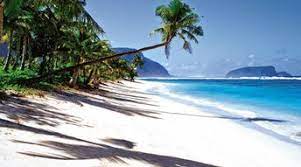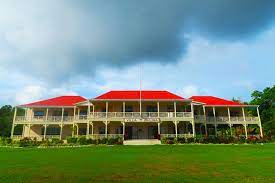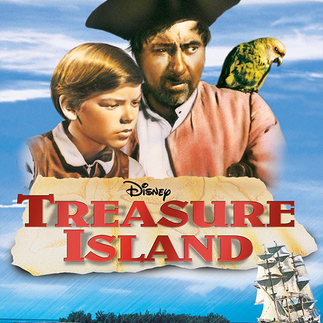After perusing our actions, plans and meeting us, many people ask why we brand ourselves as the Eco-Pirates.
It is simple.
We love Pirates
Treasure Island by Robert Louis Stevenson created the scene for romantic pirate stories in our history
3. Robert Louis Stevenson is buried up the hill by our HQ
The imagery rocks.
We want to invite the people that have affinity with the romantic imagery of PIRATES to come chill with us.
Do we plunder. No
Do we promote the use of inappropriate force. No.
Do we like to drink rum while on the mission - Perhaps.
Do we like to have Pirate Parties. YES.
Over the course of my life, I have often hosted a Pirate Party, often dressed (daily) as a Pirate, have danced many a party with the Psy-Pirates. I chose the theme! We are Eco-Pirates.
Check out the story line of Treasure Island below. The Author had a great love of Samoa, retired and died there too, check it out here :
The author and poet is best known for his novels Treasure Island (1881), Kidnapped (1886), Strange Case of Dr. Jekyll and Mr. Hyde (1886), and The Master of Ballantrae (1889).
Robert Louis Stevenson’s journey to the Pacific was initially spurred by health reasons; suffering from poor health since childhood, Stevenson spent much of his life travelling between different locations in search of a warmer climate. In June 1888, Stevenson set sail and spent three years travelling through the South Pacific, spending short amounts of time in locations such as the Gilbert Islands, Tahiti and New Zealand. He eventually settled in the Samoan Islands, building a magnificent family property that was to be his home for the remainder of his life.
The change of scenery clearly fuelled Stevenson’s imagination, inspiring the author to write about the Pacific islands in Island Nights’ Entertainments (1893), In the South Seas (1896), The Wrecker (1892) and The Ebb-Tide (1894). The harsh realism depicted in these works was no doubt due to his own observations of life in the Pacific; for example, The Ebb-Tide paints an unflattering portrait of 19th century imperialism and depicts the suffering of the local communities at the hands of incompetent western colonial powers.
Echoing his fictional works, Stevenson became increasingly involved in local political affairs. In 1882, Stevenson wrote a work of historical non-fiction, A Footnote to History: Eight Years of Trouble in Samoa. In it, he describes the Samoan Civil War and criticises the American, German and British colonial powers’ battle for control of Samoa and its detrimental effect on the Samoan community. His political activism eventually led to the recall of two officials.








Comments